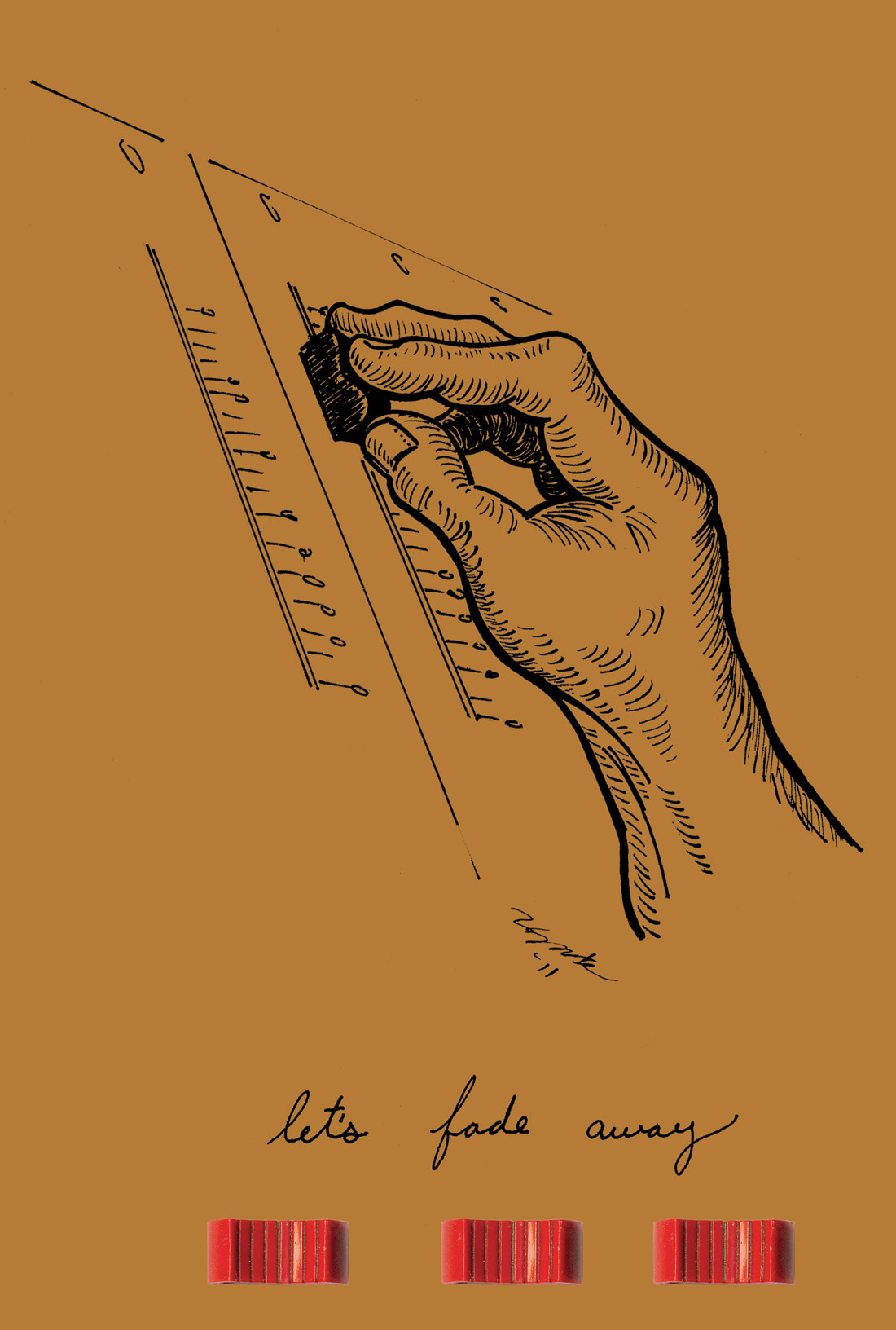The CV4 comes from Miktek in Nashville, and it combines modern construction with classic tube mic design and componentry. Right off the bat, the mic gets your attention with its chrome head, brushed steel body, and black trim. The build quality and weight of the mic and power supply are impressive, and even the packaging and shockmount belie the affordable price of this mic. Notably, the mic contains a new-old-stock Telefunken EF800 tube and an AMI transformer. Many modern mics are built with parts sourced from around the world, and this is no exception. The particular components for the CV4 have been chosen for this mic to achieve that classic, warm, and open large-diaphragm tube mic sound. The capsules are two 1’’, 5 micron, gold-sputtered capsules placed back-to-back to allow nine polar patterns, selectable from a switch on the power supply, which connects to the mic via a 7-pin cable. The mic comes in a wooden box; the box, power supply, shockmount, and cable all fit neatly in an aluminum briefcase.
There are no pads or roll-offs on the mic, but that didn’t seem to be a problem during use. The mic can handle very high levels — up to 133 dB SPL. It exhibits very low self-noise and shows good sensitivity.
My first use of the mic was as a mono mic, set to omni, out in front of a drum kit, about 6 ft from the kit and a foot off the wood floor. This was to capture a mono signal for use in creating drum loops, and the CV4 delivered very well. The kit sounded natural, warm, and balanced, with lots of low end and clarity on the top end. I wound up using this mic for loops and also gated it, triggered by the snare, to give the full drum mix some great snap on the snare hits. A pair of these would be great as overheads or room mics. On male vocals, the mic was set to cardioid, and as soon as the first note was sung, I knew I liked the mic. The singer took his headphones off and said that the mic sounded great in his headphones and asked what mic it was. I had a similar experience with female vocals. The top end is open, but not bright, and the bottom is full and warm, but not over-hyped or boomy. This is the sound that you would hope to get from a well-maintained vintage microphone.
Another thing I noticed about the mic was that the front and back capsules sound identical. It is rare that a mic in figure-8 or omni mode sounds the same from front to back, but the CV4 actually could be used facing either way. Further, in figure-8 mode, there is almost complete rejection at the null point 90 degrees off axis, which is also rare for figure-8 microphones. Both of these attributes can be used to great advantage when tracking. Lately, I have enjoyed the Blumlein technique for percussion and drum overheads, instead of X/Y cardioids, and the CV4 is a terrific choice for Blumlein thanks to its even polar response. Similar results would be found with an M/S pattern using the CV4 as the bidirectional element.
With all this and a low price, you have a great bargain for a serious audio piece. The CV4 will most likely become a hero in private and commercial studios.
($1399 street; www.miktekaudio.com.)
–Adam Kagan <adamkagan@mac.com>
Microphones | No. 112
P-87 condenser mic
by Francisco Botero
Mics can make the ordinary extraordinary. Mics are the lenses through which we show the listener the picture of what and how we see the world. Along the years, there have been many different...




_disp_horizontal_bw.jpg)